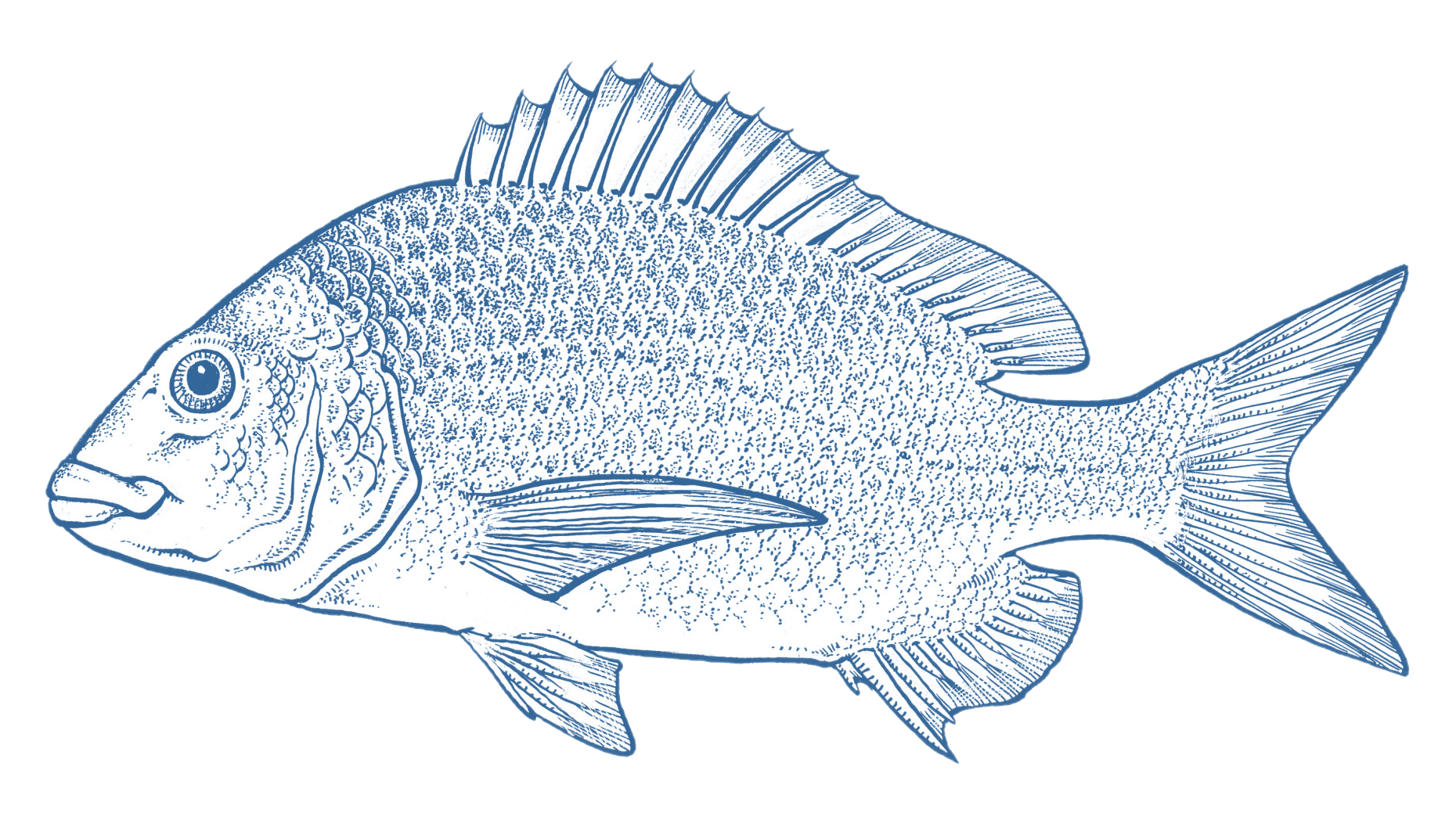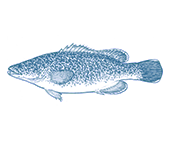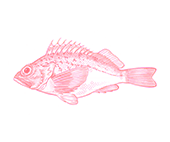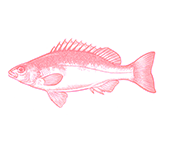




- Eat Less
Wild Caught
Region:
QLD
- Yellowfin Bream are caught in commercial gillnet, beach seine and tunnel net fisheries in coastal waters, estuaries and river mouths in QLD, NSW and VIC waters.
- The QLD Yellowfin bream fishery is slightly below a sustainable level, but is rebuilding towards a best practice target level set by managers at a reasonable rate.
- About half the QLD Yellowfin bream catch comes from tunnel net fishing, which is a more sustainable choice as the fishing method has negligible impacts on other species.
- Gillnets catching Yellowfin bream likely also catch significant numbers of protected and vulnerable wildlife as bycatch, including turtles, dugongs and sharks and rays.
- The Moreton Bay and Great Sandy Straits marine parks provide a degree of protection for impacted species and habitats.
- The fishery observer program in QLD was cancelled in 2012, meaning there is no independent record of the impact of the fishery on threatened species. Observation of the fishery is considered essential to the management of a sustainable fishery.






Yellowfin bream is the smaller cousin of Snapper, and it has similar white flesh. Bream are the perfect size to cook whole. Cut some slits in the flesh to help ensure even cooking, and then either steam or wrap in foil to bake or BBQ. Fillets of Yellowfin Bream are delicious pan-fried, barbecued, steamed or poached. Very fresh specimens can also be served raw – thinly slice and serve as sashimi with a light ponzu dipping sauce, or dice fillets for a ceviche or fish tartare.
- QLD East Coast Inshore Fishery (58t in 2019)
Yellowfin bream are found in eastern Australian waters from Townsville to Gippsland in marine or brackish estuarine, riverine or coastal lakes and bays They are caught in commercial fisheries in QLD, NSW and VIC-managed fisheries.
About half the QLD commercial yellowfin bream catch comes from tunnel net fishing, with the remainder caught in gillnets
Modernised management arrangements for the fishery have recently been introduced, which is welcome. A recent assessment shows the QLD yellowfin bream population is slightly below a healthy level,, but appears on track to rebuild to highly sustainable levels targeted by managers in future.
Interactions with turtles have been recorded in fishing operations using gillnets, although it is not clear from fishery reports how many interactions or turtle deaths have occurred. Interactions with dugongs and protected species of shark are also likely in the Queensland inshore gillnet fishery, but there is a lack of current information on bycatch across the entire geographical range of the fishery. The small scale of most of the fishing operations and that fishers are present at the nets during fishing means endangered wildlife can be released alive.
The fishery largely operates within the Moreton Bay and Great Sandy Straits marine parks. These offer a significant degree of additional protection for targeted and secondary species, as well as threatened and vulnerable bycatch species.
Fisheries managers in QLD have also reported inconsistencies between fisheries logbook records and information from independent observers, including differences between the number, rate and type of protected species interactions. There is a high probability that protected species bycatch is higher than reported.
Independent fishery observer programs are an important method of verifying protected species interactions. Unfortunately the QLD Government closed the observer program for all QLD managed fisheries in 2012. Since that time there remains no independent on-vessel monitoring of the fishery’s impact. In addition, for fisheries that interact with threatened species, there is no reliable record of actual protected species interactions over time, the ecological impacts of the fishery cannot be measured or managed but these these fisheries are considered to pose a moderate risk to a range of threatened and vulnerable species.
While significant and laudable management reforms have been implemented in the east coast fishery; there has been insufficient action at time of writing to deliver improved environmental outcomes, particularly for threatened and protected species. Rankings in this fishery may be expected to improve in future.


